Wild Flowers - White
There are many white flowers, including most of the umbelifers, and those shown here are some of the more common and easier to identify of those that can be found in the Countryside Park.
Oxeye Daisy
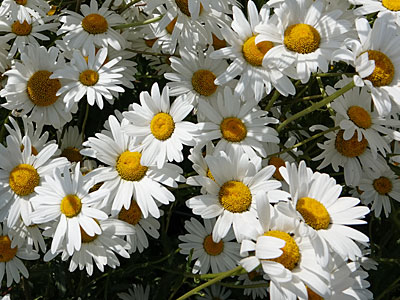
The largest of our 'daisies' it has a long flowering season, from May until September, and is very prolific.
Wood Anemone
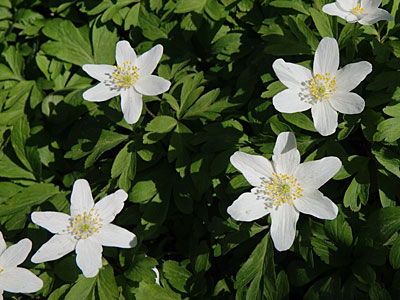
Forming carpets of white in some of our woods where it flowers from March until May.
Garlic Mustard
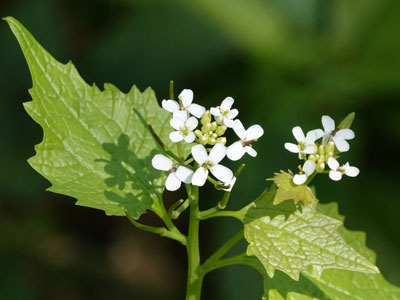
Found in hedgerows, its flowering season is relatively short; April until June.
Yarrow

Yarrow can be found flowering in meadows and hedgerows from June right throungh until November.
White Clover
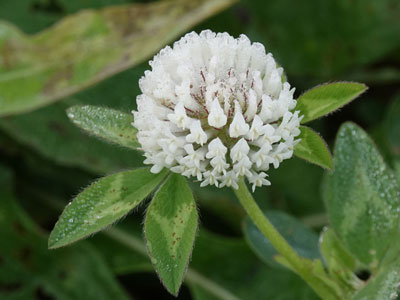
A fairly low-growing plant whose leaves usually have distinctive white marks. Flowers from May until October.
Bindweed
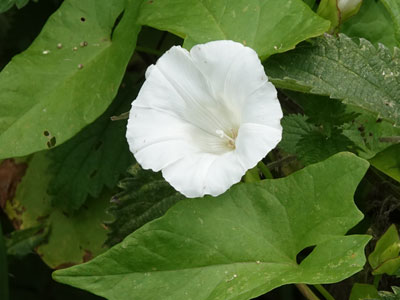
Hedge Bindweed is a very common climber which flowers from June until September. Large Bindweed, which can also be found is similar.
Ribwort Plantain
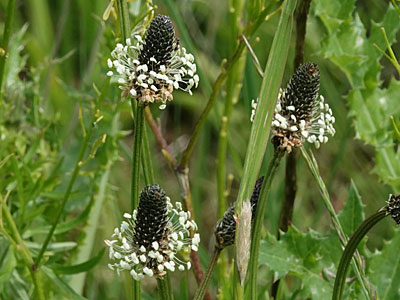
One of two plantains that are very common, the other is Greater Plantain which has longer flower heads. It flowers from May until July.
Meadowsweet
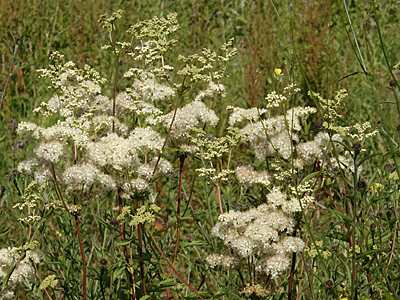
Meadowsweet produces distinctive creamy-white sprays of flowers from June until September. It grows indamp meadows and along stream edges.
Greater Stitchwort
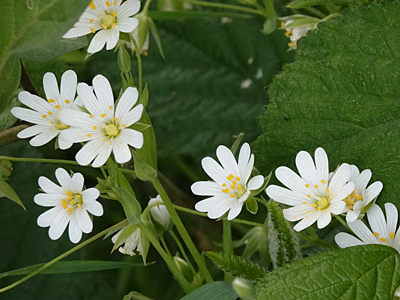
A very common plant found in open woodland and in hedges. Its flowers, with 5 notched petals, can be seen from April until June.
Lesser Stitchwort
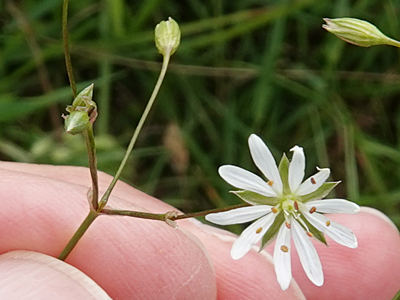
The flowers of Lesser Stichwort are smaller with more deeply divided petals and appear between May and August.
Enchanter's Nightshade
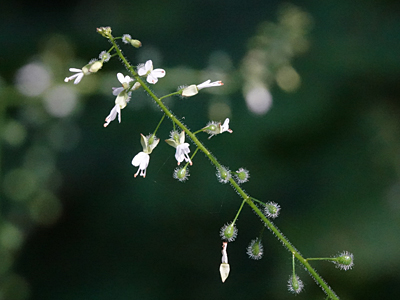
The small, delicate, flowers appear between June and August. It is a woodland plant that grows well along the old railway track.
Wild Carrot
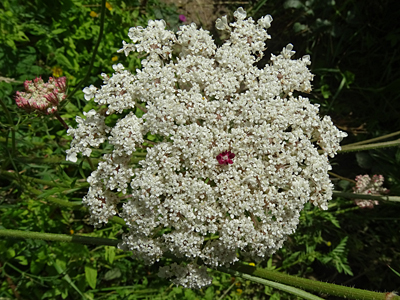
One of the easiest umbelifers to identify as it usually has a central flower which is red or purple. Flowers from June until September on rough grassland.
Wood-sorrel
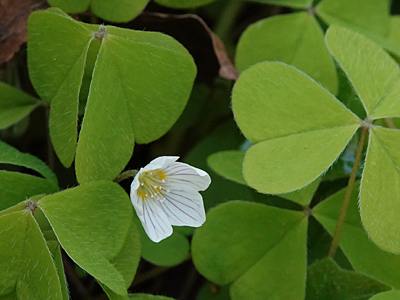
Flowering from April until June this flower with distinctive trifoliate leaves is an indicator of ancient woodland and hedges.
Ramsons
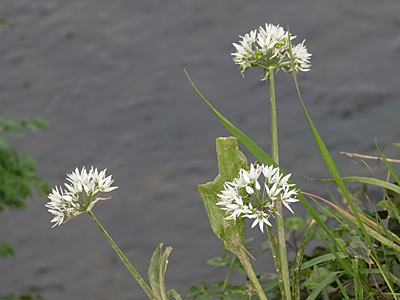
The flowers, in spherical terminal clusters, appear in April and May. The plant often forms a carpet in damp woodland.
More Information
The Botanical Society of Britain & Ireland has a page with links to books, websites and downloadable files to help you identify wild plants.
A useful free guide was produced by the National Plant Monitoring Scheme.
A useful book is “Collins complete guide to British Wild Flowers”.
Photos on this page by Peter Hunnisett

